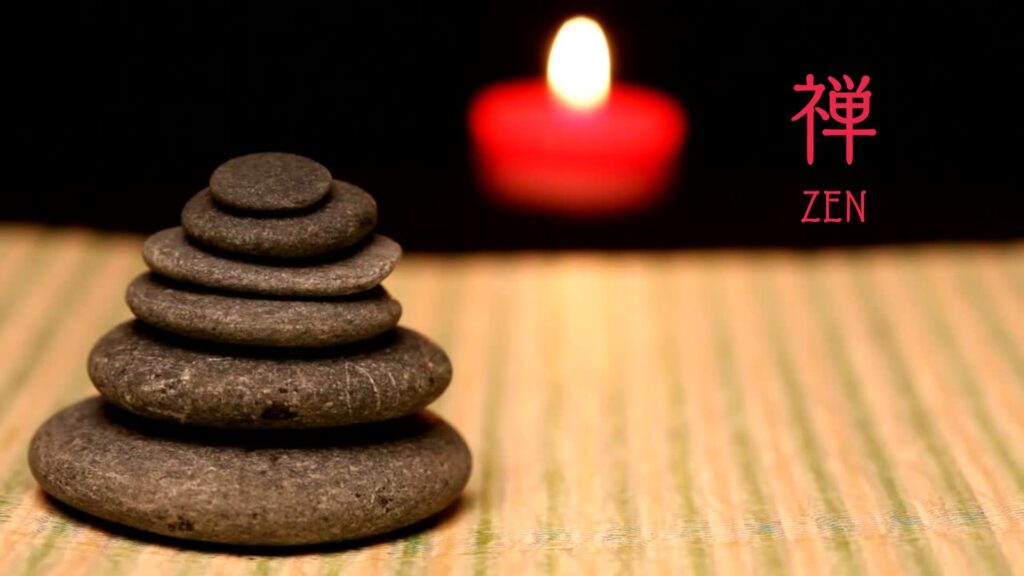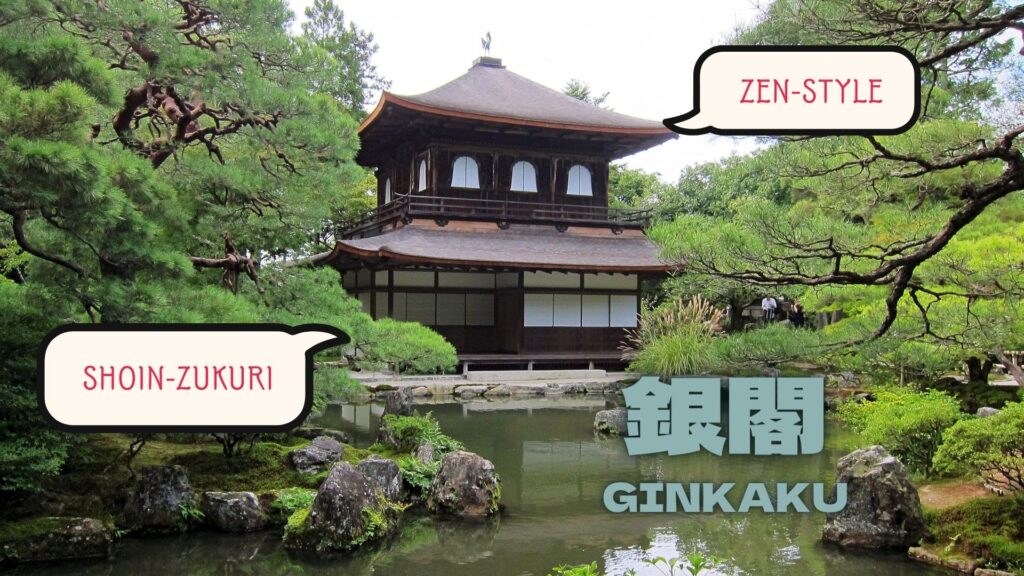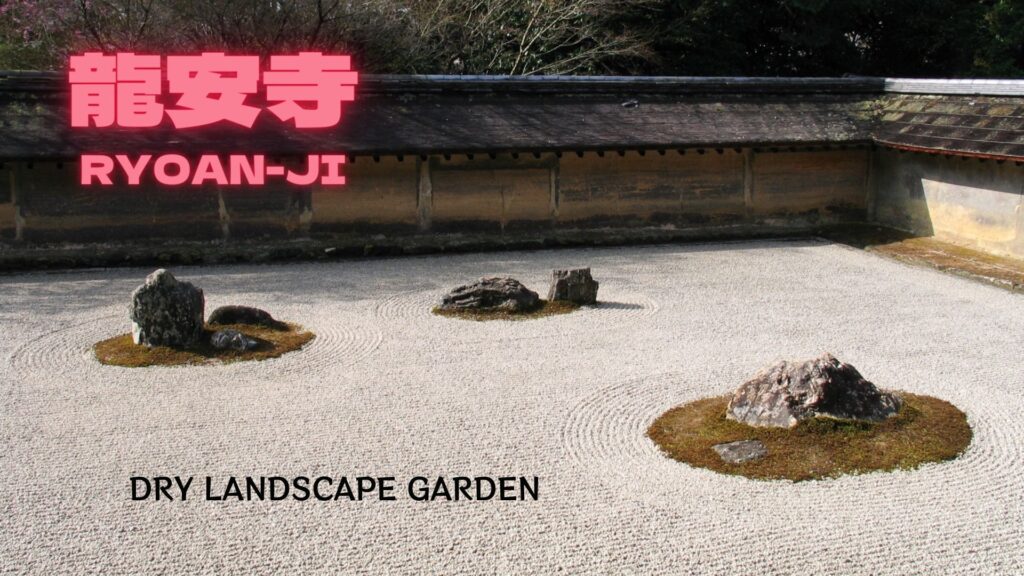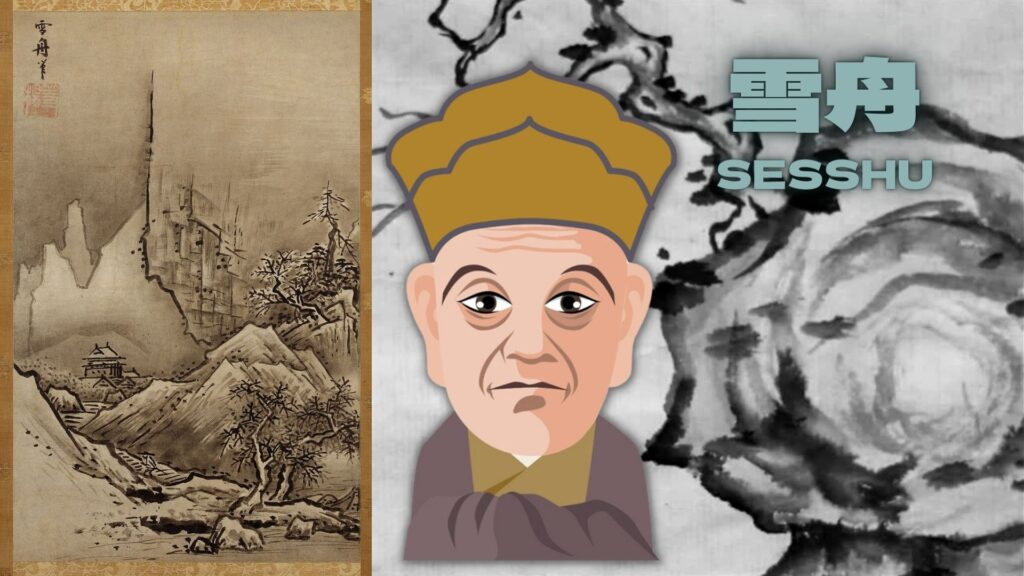Click here to go to the YouTube video

In this episode, we will look at the culture of the Muromachi period.

Since the shogunate was located in Kyoto, the shogun and other warriors became familiar with the culture of the court nobles.

Kinkaku, or the Golden Pavilion built by Ashikaga Yoshimitsu in Kitayama, Kyoto, is a symbolic building that blends the cultures of the nobles and the samurai.

Noh is a performing art that was largely developed by Kan’ami and Zeami, who were supported by Yoshimitsu. Zeami wrote “Fushikaden”, or “Flowering Spirit,” a theoretical book on Noh.

Kyogen, a comedy, was performed between the acts of Noh plays. Kyogen conveys the spoken language and lifestyle of the people of that time to the present.

Zen Buddhism was protected by the shogunate from the Kamakura period and had a great influence on Japanese culture.

The Ginkaku, or the Silver Pavilion, built by Ashikaga Yoshimasa, the 8th shogun, in Higashiyama, Kyoto, incorporates Zen Buddhist architecture. The Shoin-zukuri style, with its tatami mats and alcove, was also born.

The stone garden at Ryoanji, a Zen temple, is famous for its dry landscape garden. It uses only stones and white gravel to represent nature, such as mountains and water. Interestingly, the 15 stones in the garden are designed in such a way that no matter what angle you look at them from, one stone is always hidden from view by another.

Sesshu, a Zen monk, painted many masterpieces of Suiboku-ga, or ink painting. Suiboku-ga is the art of depicting nature in a single black color of ink.

The custom of drinking tea, introduced from China by Eisai during the Kamakura period, also spread and became popular as chanoyu.

During this period, events such as Tanabata, or Star Festival, and Bon dances became popular among people. People also enjoyed picture books called otogi-zoshi.

Kasuga Gongen Genki-e is a valuable source of information on people in the medieval period. Children also helped with work at construction sites. In Japan at that time, a person was considered an adult from the age of about 15.

Commerce and industry developed during the Middle Ages. The pictorial materials show that women also had various occupations and were widely active in society.
Thank you for readi




Comment